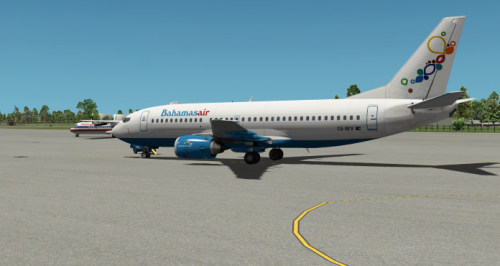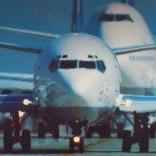Leaderboard
Popular Content
Showing content with the highest reputation on 05/18/2016 in all areas
-
I can't fly anything else anymore, I've got all the other best/better planes in my hanger Jar320/330, flight factor 757/777 etc etc, I've got the bloody lot and none of them compare whatsoever, in 20 years of flight simulation I have never know anything like this aircraft what ixeg have come up with. Just think.....all them guys over at fsx and prep3d don't know what they are missing do they, and yes I have all them too planes too pmdg etc etc...god I've spent a lot of money and none of them come close to this baby. Thank you IXEG SOOOOOOOO VERY MUCH!!! Regards Paul EGCC5 points
-
3 points
-
I realize that comes with the "PMDG" label - but you must also not forget that we are selling only a fraction of the units that PMDG is selling. So in fairness (assuming the same work done by us), we would probably have to ask a lot more than 75$ to even come close to the amount of profit that PMDG is making when selling for Prepared and FSX. Jan2 points
-
In the next hofix, we will be implementing the ability to save company routes; HOWEVER, this will not include the saving of procedures...only the departure and arrival airports and at least one enroute waypoint. This is accurate to the real thing and why we chose to go this way. We will save the coroutes in the same formate we read, that is: *.fpl format. whenever the minimal information is entered to save a route, the RTE page 1 will displaye a '<SAVE ROUTE' option. Routes with a disco in them will not be saved though. -tkyler2 points
-
@tull - great post. And I am 100% with you. I don't have the interest to fly anything else these days. Nothing comes close to manually flying this plane on takeoff and on final. @avantime - Good points and I agree also. However it is important to remember when PMDG released its first 737-700 NG back in 2003/4 it was in a far worse state. In fact many simmers found it unflyable due to heavy frame rates... I remember you had to turn down everything else in order for it to get good frame rates. Of course, they fixed it and took care of it and the consumer, and continued to work on it for a long long time after. It also lacked some FMC features. So, comparing apples to apples is fine but we must not forget how both apples were initially presented.2 points
-
Thanks guys for these nice words, on the behalf of the whole IXEG team! We know that the plane isn´t perfect and some features are still missing - but we think that it already is in a state where you can really enjoy it - and hope that our customers feel the same. Fixes and additions are coming - and you, the community - have and will bee integral in helping us shape this into the perfect rendition of a 737-300. Please stay active in these forums, nag, whine, critique and occasionally commend our work . Thanks from everyone at IXEG!2 points
-
Here is one of them. After ~35 legs in the IXEG and many many visual patterns I made 2 legs in the PMDG yesterday. It was such a boring time cause there was absolutely no feeling in this aircraft. It sounds like a hair dryer and it flies like on rails even with gusty wind. The PMDG might look good and offer detailed systems but like all the other FSX airplanes you just don't feel like moving some 40-50 tonnes through the air. Today I am on my third leg with the IXEG again and I don't want anything else right now, as I am approaaching Dresdens runway 04 in 10 minutes ;-)2 points
-
Now you are talking my language lol. This takes me back to the old days of flying when you really had to know the performance of the aircraft and use your performance manual to squeeze every ounce of efficiency out of the aircraft. When I first started flying, my first jet was the heavy C-141B. The performance manual was thick and had a slew of pages of spec range charts. The flight engineer would work the charts and pass you climb and cruise data. You would climb 2000ft above optimum and stay there until 2000ft below optimum and step climb to stay in the sweet spot. Some times climbing wasn't always the answer. There were times when I have climbed, and decided to go back down due to winds and positive temperature deviations. At times you would work the HF radios and airline common freqs to get an idea of what the winds were at various altitudes. I've been in some fuel situations where the weather brief and wind charts were way off, and you had to make quick decisions. You had to consider climb capability, fuel burned during climbs, winds and maybe slowing to fly the top of the curve(100% max range in the spec range charts). We did fuel calculations once per hour and compared the numbers against the flightplan to see your fuel trend. If negative trends are caught early, you can change things and make a difference. In the KC10, you did the same thing. We had extra benefits with extra fuel tanks. The FWD, CNTR and AFT tanks made it possible to adjust CG inflight. Once at cruise, you move the CG to the aft limit of 29%. The tail heavy CG made the horizontal stab streamline, reducing drag. We called this making fuel because the projected landing fuel on the flightplan would increase by 5,000 pounds or more. In rare cases in certain parts of the world, we would file for a block altitude, set cruise power at optimum and cruise climb. Now days its all computerized and dispatch. In the Gulfstreams, I have a FMS what if page in the perf pages. I can set cruise speed or altitudes and it will display actual perf against what if perf for fuel cost. The plane uses a mixture of downlink winds/temp and actual winds/temp for the calculation. Most airline guys have flight following dispatch that monitors weather and performance, and will refile updating more efficient routes. As you stated earlier, winglets also depend on the operation. Winglets and a aux fuel system was added to the C-32s(757). Unfortunately, the small fleet and marginal gains led to the winglets not being cost effective. For some nostalgia for all, I attached a DC10 spec range chart example. We used to work these charts to death lol. Amazingly, .825 was our standard long range cruise speed.2 points
-
1 point
-
1 point
-
Iberia 767-200ER CF6-80A A View File This is a fictional Boeing 767-200ER Iberia livery. The registration EC-AUM and the name Zurbarán both belonged to a DC-8 that Iberia operated. Have fun. Submitter crioch1 Submitted 05/15/2016 Category Heavy Metal Livery For Click Here For Aircraft X-Plane Version(s)1 point
-
Would really appreciate it if someone could make the liveries for the following Eastern European Airlines as that is one of my favorite areas to fly in, and a number of the airlines are still flying the 737-300. The following would be great TAROM Romania's Flag Carrier, Air Serbia the Flag Carrier of Serbia, and Bulgaria Air who uses its 733's out of its Bul Air Charter Division. Thanks1 point
-
1 point
-
i was wondering if we can have a media sub forum where we could share our screenchots and videos of the IXEG733 ?1 point
-
1 point
-
Southwest Airlines 'Lone Star One' 737-3H4 N352SW View File This is N352SW, c/n 24888, a 737-3H4 which first flew Oct 17, 1990 and was delivered to SWA Nov 6, 1990. Southwest introduced its second special livery, Lone Star One, in celebration of the airline’s 20th anniversary. This 737-3H4 was painted with the Texas state flag as a tribute to the airline’s home state and the ten Texas cities it serves. Ship 352 wore the carrier's original "Desert Gold" tail until July 2003, when it was repainted with a tail representative of the "Canyon Blue" colors. Lone Star One was retrofitted with winglets in mid-2010, and was retired from service on May 17, 2016. The livery is slated to be repainted onto a 737-700 later this year. To install, unzip into the "Liveries" folder. Submitter Dhruv Submitted 05/18/2016 Category IXEG 737 Classic Livery For Click Here For Aircraft X-Plane Version(s)1 point
-
1 point
-
Sunwing IXEG 737-300 View File Fictional Canadian Sunwing 737-300 based on the real world Sunwing 737-800 Submitter yukonpete Submitted 05/15/2016 Category IXEG 737 Classic Livery For Click Here For Aircraft X-Plane Version(s)1 point
-
CP Air IXEG 737-300 View File Fictional CP Air 737-300. I would also like to thank Juan A. Menendez ( AKA scubajuan ) for creating the bare metal layer I used. Submitter yukonpete Submitted 05/16/2016 Category IXEG 737 Classic Livery For Click Here For Aircraft X-Plane Version(s)1 point
-
IXEG 737-300 American (Current) [Fictional] N676AA View File This is a fictional American Airlines paint for the IXEG 737-300. Let me know if you see anything wrong and i will try and fix it! Like me on Facebook for updates, make requests, WIP, etc! https://www.facebook.com/cessnaroxliveries Submitter cessnarox Submitted 05/08/2016 Category IXEG 737 Classic Livery For Click Here For Aircraft X-Plane Version(s)1 point
-
Ansett Australia 70's Retro View File Fictional Ansett Australia Retro based on the real world 1970's 727 livery. I would also like to thank Juan A. Menendez ( AKA scubajuan ) for creating the bare metal layer I used. Submitter yukonpete Submitted 05/17/2016 Category IXEG 737 Classic Livery For Click Here For Aircraft X-Plane Version(s)1 point
-
Bahamasair IXEG 737 Classic Livery View File By Mark Hayling Submitter mhayling Submitted 05/14/2016 Category IXEG 737 Classic Livery For Click Here For Aircraft X-Plane Version(s)1 point
-
1 point
-
As a very recent FSX convert, I can honestly say congratulations on creating such a fine aircraft, given the resources you have. Hand flying the IXEG 737 is a real joy, it just 'feels right' compared to the best FSX aircraft like PMDG, although the Majestic Q400 do come close. However it's systems and polish wise it's a bit "Ugh.." and it still needs a lot of work, and there are also some features that PMDG has, but IXEG don't (e.g. saved panel states for saved situations, which IMO is important for training purposes). And then there are stuff that even freeware aircraft has, but not the IXEG 737 in its current form (e.g. cabin night lighting). The IXEG 737 still needs a lot of updates, and it's somewhat difficult for me to recommend an unfinished product. At $75 that's PMDG money and people expect PMDG levels of polish. Finally I hope you'll consider expanding the line to the -400/-500/-Cargo variants, as me and many others are willing to pay extra for them (Just like Captainsim for FSX) even if they're just exterior 3D models.1 point
-
1 point
-
1. This seems right to me. SPEED mode means the the A/T needs to add thrust to reach or maintain the Speed that is dialed in. RETARD means the A/T goes to idle thrust and is yet able to maintain the selected speed. During descend this will change due to change in selected speed and/or altitude restrictions, either by the FMS or your ALT selection. 2. Never saw that. Does not mean you didn't. 3. I really never got that close to the wings. Too afraid to hit my head. Flo1 point
-
Re-downloaded the installer from my account history at X-Aviation, re-installed, and now I'm at 1.0.3 without the need to apply HotFixes. Good to go. Thanks again poodster. - J1 point
-
Sorry, didn't see that. I sadly don't know what the error you have means, but you could always re download the installer of x-aviation and it should have the latest 1.03 update1 point
-
As many of you know there are plenty of things to remember and many of ways to operate in the real world. I will pass on some of the tips I use real world that should help in the sim world also. One of the biggest concerns when flying passengers is passenger comfort. It's even more important in the corporate world that I operate in. From time to time I find myself riding as a passenger when attending recurrent sims and when picking up/dropping off aircraft. One of the most noticeable things when riding as a passenger is sudden or aggressive pitch changes. This happens for various reasons, but here are some tips to minimize the occurrences. When initiating climbs, it's a good idea to start in vertical speed. Select vert speed and smoothly dial it up until the engines reach max power. Once there, select FLCH and the passengers will not notice at all. If you select FLCH first, the engines will surge forward, and then the nose will pitch quickly to maintain the current speed. The Gulfstreams I fly have the ability to decide the amount of thrust to use based on altitude changes 6,000ft or less, but it still can get aggressive. Some guys like to set 200 to 300 feet per minute in the first few seconds and last few seconds of the altitude change. I prefer a smooth increase instead of wasting free brain cells milking the vert wheel. In the real world, FLCH gets pitchy after mach change over, but no worries in the sim. When using FLCH when climbing above change over, I watch it like a hawk. As soon as the plane starts a move, I hit the vert speed button to lock it in. Once the airspeed settles/recovers, I max out the engines and re-engage FLCH. This happens because of temperature inversions and wind changes as you climb. This can easily cause a instantaneous change on the speed indicator causing the plane to quickly pitch to adjust. If you are paying attention, you will see the speed change and hit vert speed before it pitches. When the jet is heavy, it lags a little and makes FLCH less pitchy. Another good tip is to use vert speed when light weight if you are clear of obstacles. 2000fpm works well. This technique slows things down and makes the jet more manageable. If you are climbing at 4000 to 5000fpm, the jet will make an aggressive zero g maneuver at level off. It's much easier to use vert speed in this case. When I would return back to base after training missions back when I flew KC-10s, we would do about an hour of transition and pattern work. We would get back at about 380,000 pounds compared to the max 590,000 pounds. Newbies would perform an autopilot go around up to 2000ft. At 380K and 3 engines churning out 52,500 pounds of thrust each, 2000ft comes very fast. The look on their faces when the plane would aggressively pitch to capture and every now and then blow past the altitude, was priceless. I taught them that after you hit TOGA and the plane gets going, you needed to quickly vert speed and back it off. If you hit vert speed too late, you would ruin the capture mode and blow past the altitude for sure. Those were some fun times. Another good tip is speed brake use. I hear plenty sim experts shade people for speed brake use and I think it's rubbish. They were put on the plane for a reason. I also spend a lot of time operating on the NE coast of the USA and we get slam dunked into airports all the time. They keep you up longer and only step you down a few thousand feet at a time. There isn't a descend VIA, it's only constant crossing restrictions on the way down. I hardly ever get to use VNAV on descents. What you find is that you have to use speed brakes and use them early! Even in the real world i see people get so far behind and rushed because they were taught not to use the brakes. It's quite common to ride the brakes on the river visual to 19 at KDCA. There are two tricks to speed brake use. 1. The earlier you use them, the less amount you will need. SA is everything. 2. Speed brake use is like slipping out and back into bed with your significant other sleeping. You ease them out nice and slowly. Once you are done, you ease them in slowly. In some cases, you have to ride the brakes until you are ready to trade them for flaps. You work in flaps, and then ease in the brakes. I'm sure if you could descend when ever you want, you wouldn't need them, but welcome to the real world. When operating in areas with close multiple airports with departure and arrival corridors, it gets interesting. I like the 3 or 4 times your altitude to lose technique. So if i have 10,000ft to lose to be at 2000ft 10 miles from the airport: 3 X 10 = start descent by 30 miles from the field. 4 times your altitude to lose works well also because it gives you more time to slow prior to 10,000ft. If you are at or past this point and have yet to descend, you will need some brakes. Guys will say that the brakes are loud and rumble, I guess they have never sat aft of the wings on an airliner. For slowing, I like 12 at 12 or 13 at 13. Basically set 1300 fpm at 13,000ft to reach 250kts by 10,000ft. This has worked very well in all the jets I've flown. In most jets, you can only get 1500fpm and maintain 250kts clean. Any higher rate, and you will accelerate. Just in case you didn't catch my 737 techniques in another post, I'll post them again. Keep in mind that these are more aimed at the BBJ, but should work. Aircraft References • Main Gear on your side: NESA Transmitter in lower outboard of window • Main Gear on Opposite side: Lower inboard corner of window • Outboard Side of Engine on your side: Window Handle • Outboard Side of Engine on Opposite side: Glare Shield bend • Wingtip on your side: 2.5 concrete blocks • Nose Gear: Inside of HSI Engine Start (Approximate values) • 2 -- 20% N1 • 4 -- 400 degrees EGT • 6 -- 60% N2 • 6 -- 600 pph FF Before Takeoff (LLLAASSTT Chance) • L-anding Lights (tech: nose wheel light on when cleared for takeoff) • L-adies (sit the FAs down with PA message to the back) • L-ower DU display cleared • A-utothrottle ARM (tech: when cleared for takeoff) • A-utobrakes - RTO • S-trobe lights ON • T-errain (tech: Captain Terrain/FO Weather) • T-CAS (TA/RA) 10,000’ check during climb out (FLAAPS) • F-uel Pumps (Ctr Tank management per alternate operating procedures) • L-anding Lights -- RETRACTED/OFF (consider 18,000’ in high-traffic areas) • A-irspeed -- accelerate to desired climb speed • A-PU -- Off/as desired for shorter flights/EROPS/WX • P-ressurization check (Auto/pressurizing/cabin alt OK) • S-eatbelt (double ding by going off/wait 1 sec/on then auto) Before Descent (AIRBAG) • A-TIS • I-nstall the Approach • R-adio’s -- Tune and ID • B-rief the Approach • A-pproach Checklist • G-o Around Procedures (How will the airplane fly it? HDG SEL, etc.) Planned Descent Point • Timing -- Approx. 10 seconds for every 100’ of altitude to lose • Distance -- Divide HAT by 300’. This is the distance to start descent from the end of the runway. Enroute Descent Path Planning • Build a waypoint 40 NM track distance from the landing runway with 240/10000 inserted for Speed/Altitude. - AND/OR - Use the fix page and put a 40 NM circle around the runway (or FAF) and plan to cross the circle at 240/10000 for a straight-in arrival. • When planning an enroute descent to radar vectors to final it can be difficult to determine how far out you will be vectored and how soon you should begin your descent. Request a descent at a distance that will allow a constant 1500 fpm descent. To determine this descent point: • Load the expected approach using the FMS DEP/ARR page • Load the FAF or OM point/altitude on the descent page at 3R. • You can monitor the V/S as you approach this point. When the V/S approaches 1500 request descent. Even if the descent is not granted immediately, you will have a very good target descent rate when ATC permits the descent. This technique provides a constant descent that mirrors our constant climb to cruise profile. Descent Profile • 3.5:1 (Miles : Altitude) • For every 50 Kts of wind +/- 2 Miles • Losing 10 KIAS Takes 1 NM 10,000’ check during descent (10,000’ AGL for higher field elevations) (FLAAPS) • F-uel Pumps (Ctr Tank management per alternate operating procedures) • L-anding Lights -- EXTENDED/ON (consider 18,000’ in high-traffic areas) • A-irspeed -- decelerate to 250 • A-PU -- On/as desired/WX considerations • P-ressurization -- set for landing field elevation • S-eatbelt (double ding by going on/off/wait 1 sec/on) Cat II/III ILS (ABCD) • A-PU -- On • B-rake Setting • C-at II/III ILS Procedures • A -- Approach Brief • A -- Alert/Decision height callouts • A -- Altimeter bugs (radio and barometric) • D-epart runway plan (How will you taxi to park -- SMGCS?) Before Every Approach • “AAABBCC” • A-TIS • A-pproach loaded in FMS • A-irspeed set in FMS • B-rief • B-rake setting (off, 1/2/3/Max) • C-hecklist • C-onfiguration (flap setting) • “CRAMPS” • C-ourses -- set/verify inbound course on MCP for FP & PM • R-adios -- set/verify correct frequency (ILS/VOR/Tacan/NDB) • A-ltimeters -- set/verify QNH/QFE as appropriate through transition • M-inimums -- set/verify for PF & PM • P-ush -- APP mode (or VOR/LOC or LNAV or Hdg Sel) • S-peeds -- set/verify Vref is set and displayed for flap setting Engine Failure on Takeoff • “4 Cs” (accomplished when flaps are up at min. maneuvering speed) • C-hange (Level Change) • C-ontinuous (Max Cont) • C-rossfeed (with fuel only in wing tanks) • C-hecklist (NNP then After Takeoff) Single Engine Trim • Trim into good engine is approximately equal to Fuel Flow Single Engine ILS Approach • At 1.5 Dots or later on the Glide Slope -- • Gear Down • Flaps 15 • Reduce Thrust 10% N1 Non-ILS Approach (VNAV is preferred for straight-in approaches) • 3 NM -- Configure (Gear Down/Flaps 15, Bug 15, Landing checklist to flaps) • 2 NM -- or sooner/Set Next Lower Altitude (ensure VNAV if using) • 1 NM -- Flaps 30, Bug 30, complete Landing checklist • 0.2 NM -- V/S As Desired (unless using VNAV) Touch and go/pattern work Missed Approach Note: Assumes intent for complete flap retraction to missed approach holding pattern. • TO/GA (A/P will kick off under single-channel operation) • Set Go-around thrust • Set pitch to Go-around attitude • “Flaps 15” • Positive climb rate - “Gear up” • 400’ AGL - “LNAV” or “HDG SEL” (Note: for Non-Precision approaches your probably already at/above 400’ AGL or very close if going missed from and DA/DDA/MDA) • Retract flaps on speed • 1000’ AGL - Set LVL/CHG or V/S + 1500’ • After Takeoff checklist (Ops Man) Radar Pattern Climb Out From Touch & Go • PF rotates aircraft to 15 degrees nose high • Positive climb rate - “Gear up” • Flight directors - ON (if coming from VFR Pattern OR Recycle) • 400’ AGL- “Bug Up, flaps 5, LNAV or HDG SEL ” • 1000’ AGL - Technique: "V/S, Set 1500 fpm" or "LVL CHG" • Retract flaps on schedule to “Flaps Up” • After Takeoff checklist • Maintain flaps Up for downwind Note: PF re-establishes A/P and manually arms Autothrottles • PM rechecks weather, installs approach and helps tune nav radios (technique) • PF briefs approach, tunes radios and calls for the “Approach check” Precision Approach (use “CRAMPS” check technique) • Arm APP if cleared approach on intercept heading • G/S alive - “Gear down, flaps 15, Bug 15, landing checklist to flaps" • G/S intercept - “Flaps 30/40 (final flap), Landing checklist” slow to VREF + additive Non-precision approach (non/VNAV) • Arm LNAV or use HDG SEL for lateral maneuvering • 3 miles prior - “Gear down, flaps 15, Bug 15, landing checklist to flaps” • 2 miles prior (or earlier) - Set MDA or stepdown altitude in altitude alert window • 1 mile prior - “Flaps 30/40 (final flap), complete Landing checklist” slow to Vref + additive Note: Do not arm speedbrakes or use autobrakes if accomplishing a touch & go. VFR Pattern Climb Out From Touch & Go • PF rotates aircraft to 15 degrees nose high • Positive climb - “Gear up” • Turn off FDs if not already off (technique) • 400’ AGL - “Bug 5, flaps 5” (technique) • 1000’ AGL - PF lowers nose to 10 degrees pitch and reduces thrust (at Bug 5 speed) to approximately 75% N1 (technique) • PF levels off aircraft at 1500’ AGL or pattern altitude and maintains flaps 5 on downwind VFR Pattern • Enter downwind at flaps 5, speed Vref 30 + 40 (Bug 5 speed) • VFR pattern briefing - "30/40 Flap touch and go, Speed is ____" • Approaching abeam touchdown point - “Gear down, flaps 15, bug 15 Landing checklist to flaps” slow to Bug 15 • Before turning or during turn to base - “Flaps 30/40, Bug 30/40 + ___ (additive), complete Landing checklist,” slow to Vref + additive • Descend as required (approximately 600-800 VSI as a guide) Note: Do not arm speedbrakes or use autobrakes if accomplishing a touch & go. Technique for Establishing Automation After Pattern Work Note: Technique used should be pre-briefed. Assumes the "gear up" and "flight director’s - ON " is already called/done. • 400’ AGL "Bug Up, Flaps 5; HDG SEL or LNAV" • 1000’ AGL (or A/R) "Vert Speed + 1500’, Flaps 1" or "Level Change" (Flaps 1 above F5 speed and then flaps on schedule) • PF establishes A/P by selecting CMD and A/Ts -- ARM NG techniques.pdf1 point
-
1 point
-
1 point
-
1 point
-
I just checked on our model: 2000 feet of altitude, 48tons (105.600lbs) 280-250 takes 27s and 2.0NM. 250-210 takes 42s and 2.7NM. I checked one of my movies from the real aircraft - and it takes 33s to go from 240 to 210. Thats roughly 11s per 10kts (less at higher speeds, more at slower speeds) - so another 10kts for the 250-240 and we are coming out at 43s (vs. the 44 I have in our model). I am pretty happy with that! Jan1 point
-
Looking out of the passenger window and watching that wing flex is my favorite thing to do with the IXEG1 point
-
I had the same problem some time ago. Check your Joystick CWS deadzone slider setting , it´s above the Sound sliders in the IXEG Menu. My setting was at "0" and i changed it to something around "20" .1 point
-
Hi Kopelent. EHSI Map mode and range below. xjoymap will create reversed commands automatically. This is button-based. For axis/wheel, I found that there are several good examples in xjoymaps documentation. But I mainly use buttons, so I haven't looked at that. --code-- [EHSI Mode] new_command=EHSI Mode dataref=ixeg/733/ehsi/ehsi_mode_pt_act description=EHSI Mode values = 0, 1, 2, 3, 4 [EHSI Range] new_command=EHSI Range dataref=ixeg/733/ehsi/ehsi_range_pt_act description=EHSI Range values = 0, 1, 2, 3, 4, 51 point
-
datarefs for EHSI Map range and map mode would be very helpfully for many user i think1 point
-
Jojo, Different 300's have different options for the alert horn, some of ours at Jet2 give you the horn all the time when approaching the altitude even with the autopilot in and any mode. Some will only give you the horn if you deviate 300ft or more from your MCP level. The deviating one is important as it's an RVSM requirement. Examples below of 3 different type of aircraft options. Shifty1 point
-
Captains, As is the usual tradition here, we now have our official preview video ready for you to view. As per usual, a special thanks goes to @redpiper1. There's not much to say here, other than we hope you enjoy! She'll be all yours soon.1 point
-
1 point
-
You're the only one reporting the problem. That makes the problem your hardware. Fun game huh?-1 points



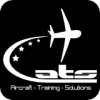
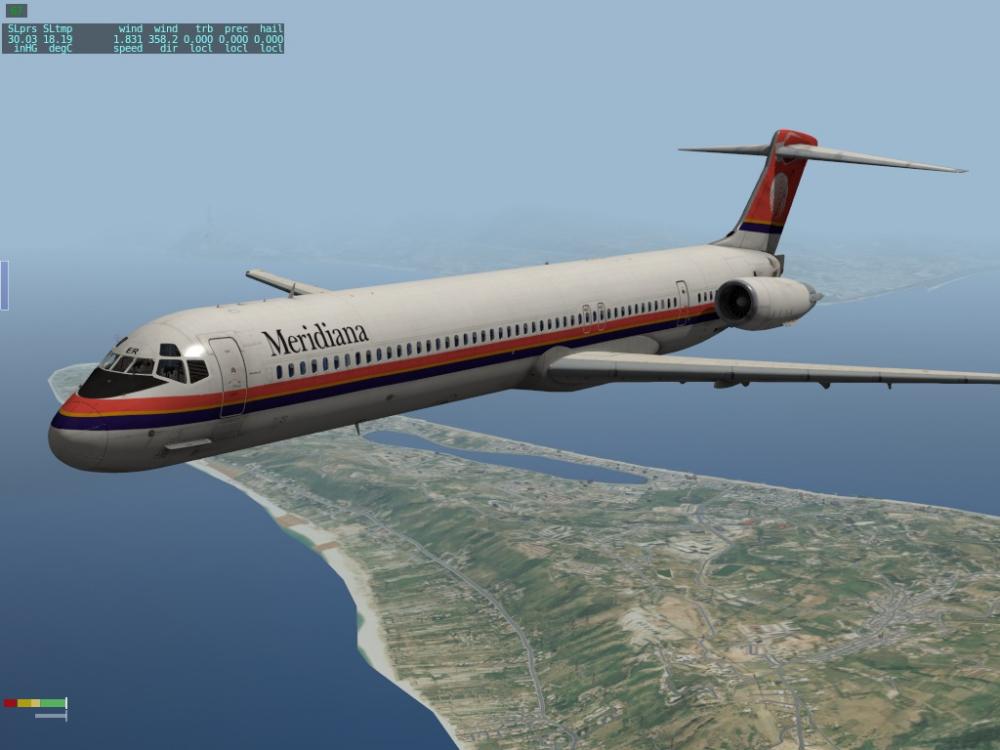
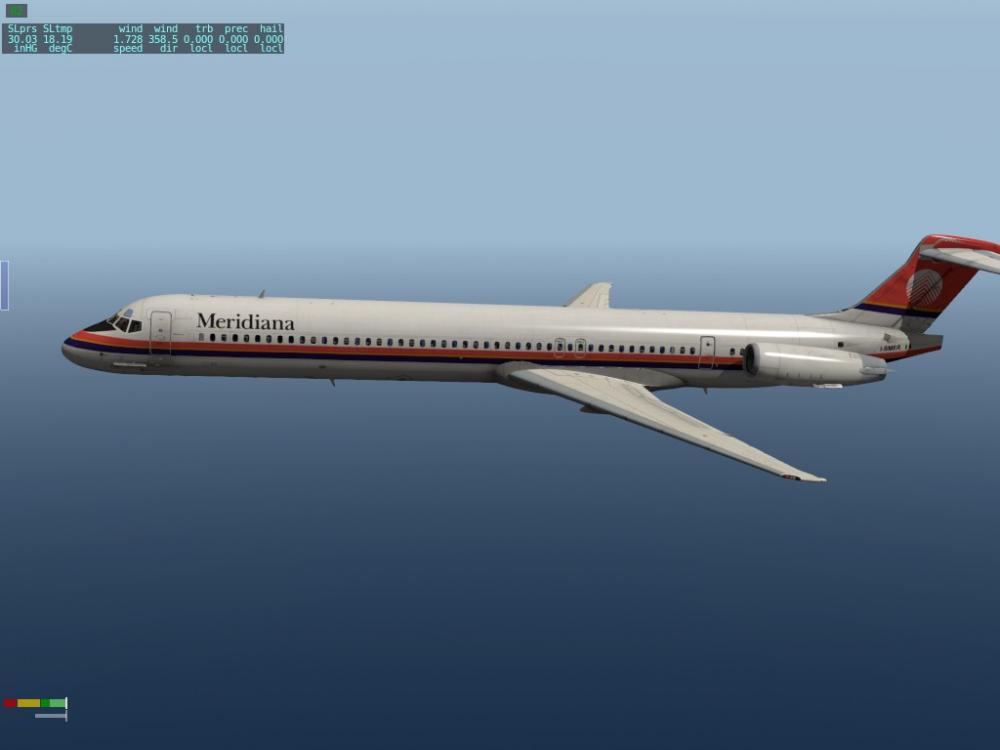
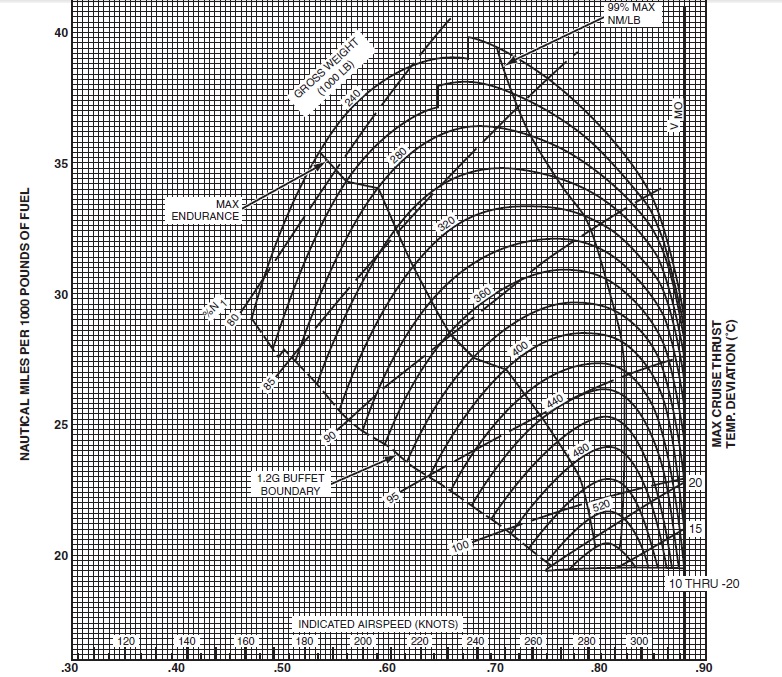
.thumb.png.847b9f7eb00ddd155d6f30f0290a740a.png)

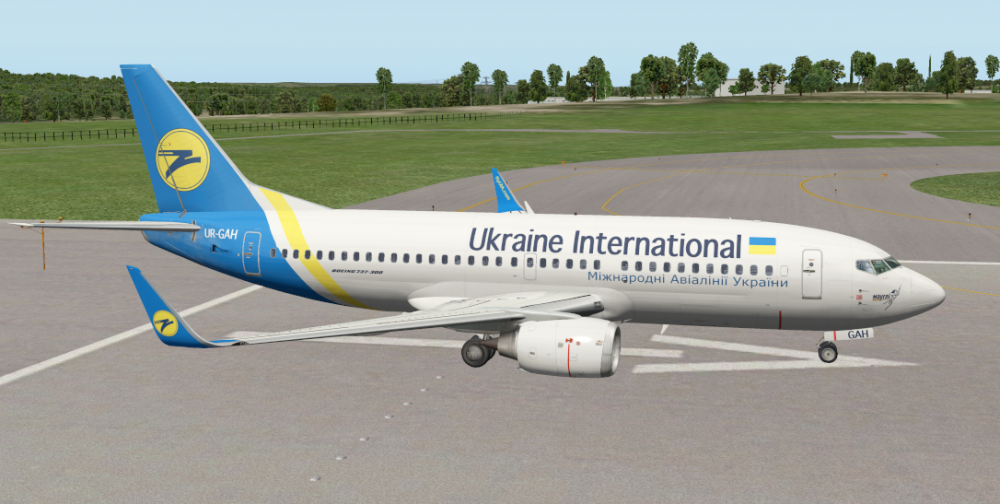

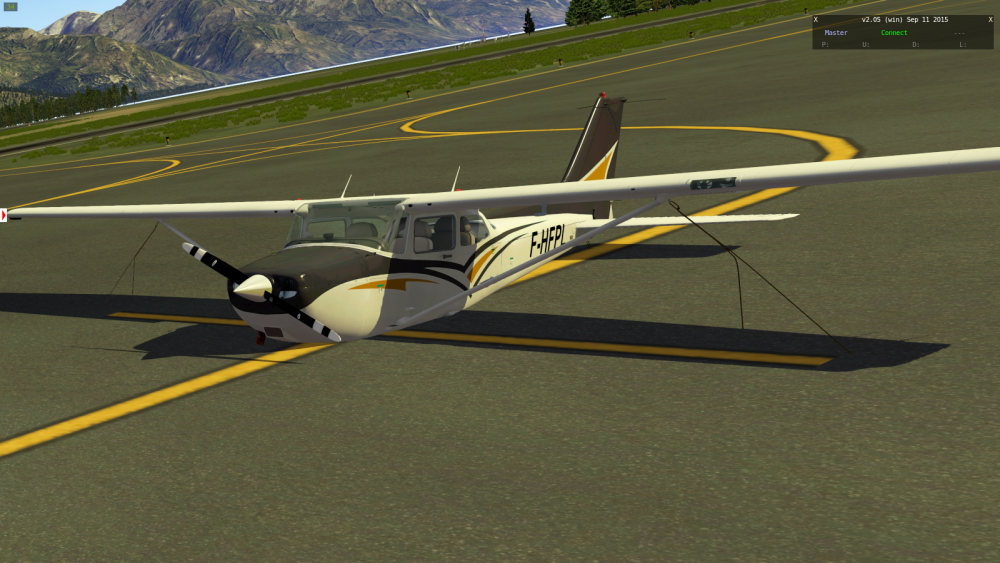

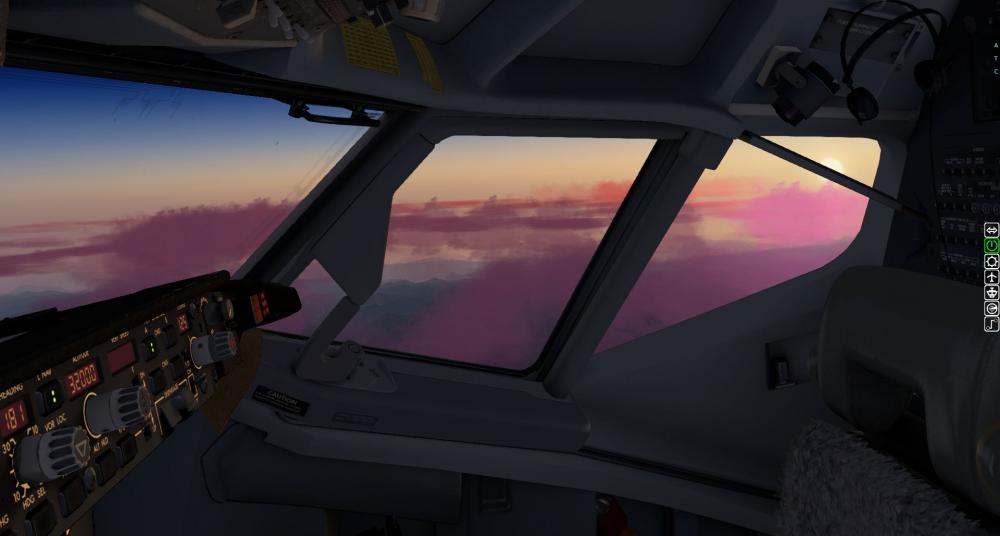
.thumb.png.bf50098a1fe83a1cf0904e3aa5a56b06.png)

